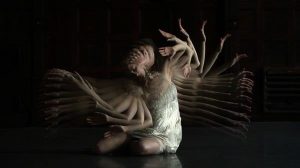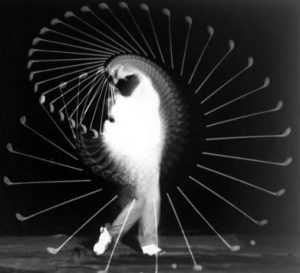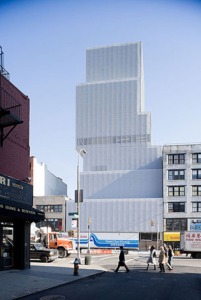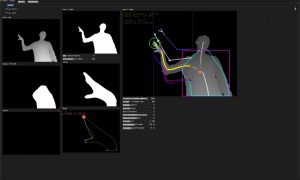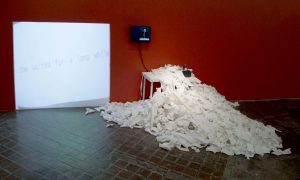The Carnegie Museum of Natural History has a door which opens up to the section of mystery. Each time a person opens that door, an animal is seemingly holographically displayed in a room, along with its species name and the sound it produces.
A woman named Caroline Record was at the forefront of this project. The creation of the section of mystery encompassed four different phases: design, media collection, creating software, and fabrication. The design phase consisted of simply designing a space as well as incorporated a glass that created the holographic effect. After, Record and her team collected images of 30 different species using a 3-D scanner, in which she was able to use to reproduce models of the animals featured in the exhibit. Then, Record designed her own software that allowed the computer to sense when the doors open and closed, switching out the animals so that each time the door opens, a different animal is shown inside. While coding, Record was able to fix more of the lighting and sound problems to generate an even more realistic effect of the animal displayed. I am interested in the design process behind the section of mystery since I actually had the opportunity to see it just about a week ago.
![[OLD FALL 2017] 15-104 • Introduction to Computing for Creative Practice](https://courses.ideate.cmu.edu/15-104/f2017/wp-content/uploads/2020/08/stop-banner.png)

